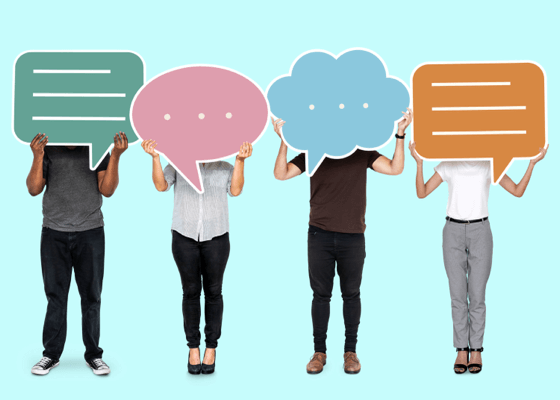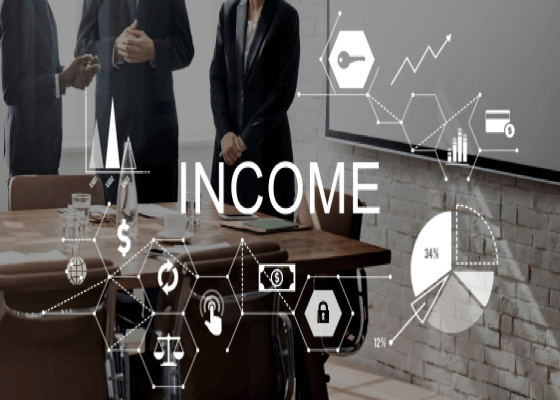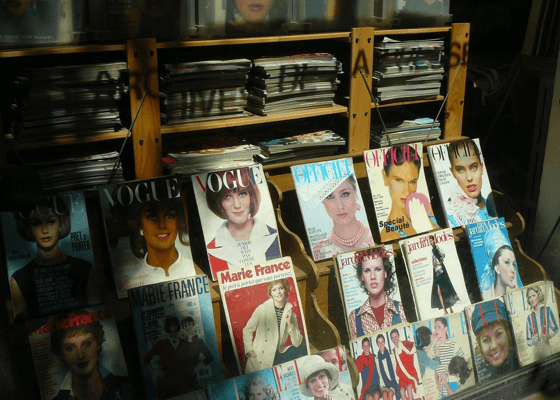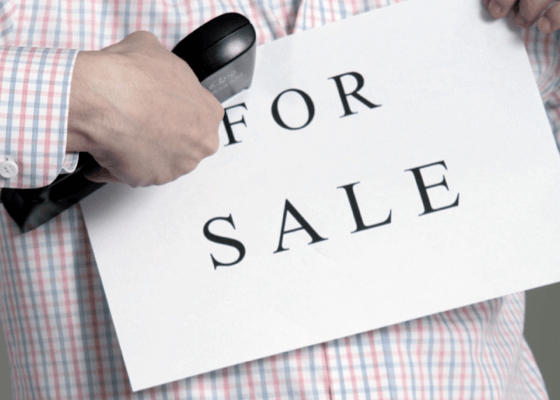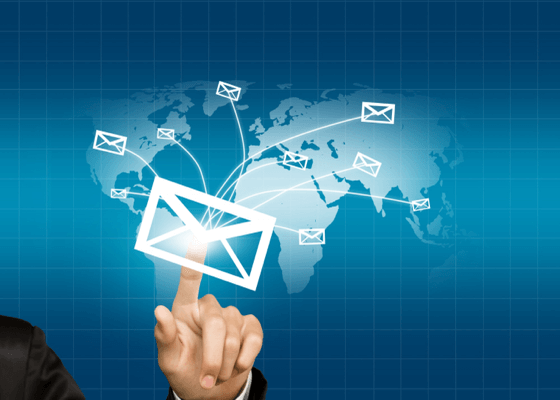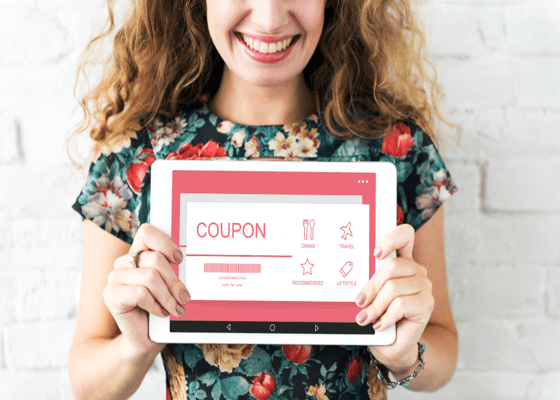How to Write Copy That Sells Anything!
I’d be prepared to wager that less than one-in-a-hundred direct response marketers knows how to write copy that could consistently bring home sack loads of orders.
But if you are lucky enough to be in that that “top one percent”… You can make huge sums of money.
Nobody is born with copywriting skills. It definitely has to be learned and practice. And practice leads to near-perfection.
But first you have to understand a few simple marketing truths.
Your average mail order marketer thinks writing super sales letters or “killer advert copy” is a “gift.” Your average (dumb!) free-lance or agency copywriter has been taught that “a way with words” (the actual writing of a letter, brochure, script, or ad), is the key to success.
Not so!! Nothing sells better than “pouring on the benefits.” Nothing!! Clever, cute, and funny seldom sells. But big benefits bring big response!
When it comes to profit-generating copy, too much attention is put on the writing and too little attention is given to writing about the benefits that you should be stressing.
A great sales letter is not the result of some clever writer who has a flair with words. No way! Money-making advertising is the result of telling people in plain English all about the many benefits they will enjoy if they purchase your service, book, or widget.
How much you know about your product is far more important than how much you know about writing. A very personal sales letter almost always pulls best.
If you do not want to shell out £1,000 to even as much as £15,000 to have some other great copywriter (and truly, there are only a handful of real pros on the entire planet) write your direct mail package, you’ll have to do it yourself.
Here’s what you need to do if you’re going to turn out powerful, result-getting copy:
One – Know your facts.
Before you begin your sales letter, you need a comprehensive “Fact Sheet.” Here you list every fact about your product or service. Also write down something about every single feature it offers. Write down every truth about what it is, what it does, and what every feature is about.
Two – Turn these facts and features into benefits.
Once you know your facts and features, you must then turn them into benefits. Red-hot sales-making copy is all about big benefits.
Three – The biggest benefit should become your headline.
Your headline is the most vital component of your sales letter as you know. The biggest benefit your service, book, or thingamajig offers is your best bet for your sales letter’s and even brochure’s headline.
Hit ‘em with your top benefit quickly – in the first paragraph of your letter. Never save your best shot for the end or many may never see it. Hit them hard and quickly.
Four – Make it believable.
In this age of doubt and scepticism, trust is not easily achieved. To overcome this prevailing fact, we must give good explanations why we can offer so many benefits to our customers.
Believable reasons we can offer so much good is essential if we hope to build trust. Do not make your offer “too good to believe.” Stop a little short of perfection!
Five – Get personal.
Right from the “get-go” give your letter the one-to-one approach. Think and write “you and I,” never “we.” Fill your copy with more you than I.
Six – Think salesmanship.
Writers are not great sales people, but a super salesperson can learn to write great copy. As you write your sales letter, brochure, etc., read it to yourself … OUT LOUD!
A great sales letter is nothing more or less than super salesmanship in print.
Seven – Be specific.
Spell out exactly what benefits are being offered. It’s always more productive to state “you can make £50,000 a year with this home-based business,” than to merely say, “You can make big money at home with this business opportunity.”
“Look and feel 10 years younger in 90 days” is much stronger than saying,“You’ll look and feel younger in a short period of time.”
Be exact. Use time, dates, amounts, etc.
Eight – Use testimonials.
Your claims are just that – they’re your claims. Testimonials add substance. What others say about your book, product, or service is often more convincing than what you say. Use as many testimonials as you can obtain.
When authorised to do so, use complete names.
Full names instill more buyer confidence than the use of only initials.
Nine – Use photos only to show benefits.
Although I believe a photo of the person making the offer can “personalise” the presentation, I also know that often photos in sales letters and brochures serve no real selling purpose.
Use only photos that show a benefit in action.
Ten – Add a “Bonus Benefit” for a prompt response.
People love to get a little extra for their money. If at all possible, offer a free bonus. This almost always increases results.
Your “freebie” need not be an expensive item, but it should be something likely to appeal to the tastes or lifestyles of your readers. It also must relate to the item you are offering for sale.
Eleven – Offer a solid money-back guarantee.
A strong guarantee of satisfaction, or money will be quickly refunded is a potent sales tool. Use it wisely.
Extend your money-back guarantee to at least 30 days. Sixty days or more is even better.
A short (5, 10, or 15-day) guarantee works against you and encourages returns. The longer the guarantee the fewer returns. Plus, it builds buyer confidence.
One client of mine changed his 30-day money-back guarantee to a “One Full Year” guarantee. Result: Returns were cut in half!















